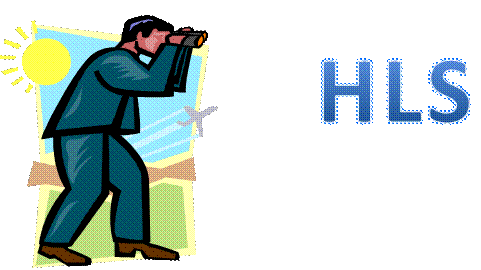 Over the past few months there has been a bit of back-and-forth concerning the 2012 market data indicating that Forte Designs Systems had taken over the top spot (by revenue) in the high-level synthesis (HLS) market (see stories hereand here). Having worked in this segment for Synfora as VP of Marketing, and as a consultant to AutoESL, I feel I know this segment well enough to take a deeper dive.
Over the past few months there has been a bit of back-and-forth concerning the 2012 market data indicating that Forte Designs Systems had taken over the top spot (by revenue) in the high-level synthesis (HLS) market (see stories hereand here). Having worked in this segment for Synfora as VP of Marketing, and as a consultant to AutoESL, I feel I know this segment well enough to take a deeper dive.
If we go back only five years, Mentor’s Catapult-C was the clear market leader in the high-level synthesis market. My own market research (a privately sold report sent to two vendors in 2009) had them at nearly half the market (by revenue) at that time. What was less clear, was the split of revenue for Mentor between ASIC and FPGA designers in this market. At that time other market participants included Forte, Synfora, Bluespec, Impulse C, Cadence, and AutoESL. A crowded market indeed, and my projected growth rate at that time for the segment was a healthy 19% per year.
My how that market segment has changed! In August 2011, Mentor sold Catapult C to Calypto, reportedly in exchange for a large piece of equity of Calypto (perhaps controlling interest, per multiple sources). If Mentor was so committed to ESL did this make sense? Others pointed to a perceived need for Mentor to somewhat exit the HLS market in order to be more vendor-neutral in adjacent markets. That is not a move Synopsys or Cadence would ever make, but Mentor does play more product-centric than the other major vendors who are more interested in a complete front-to-back flow. In any event, it created an opportunity for others.
AutoESL was a fast rising star in the HLS segment, at least at the technology level. Xilinx snapped themup at a hefty premium a bit more than 2 years ago. This was a smart move for Xilinx, but it also effectively diverted the AutoPilot product team to focus on the FPGA market rather than the ASIC market. It was a very different scenario when Synopsys acquired the assets of Synfora in June of 2010. Synfora had been struggling for a long time and Synopsys acquired the assets for very little. In fact, the Synfora CTO/Founder, Vinod Kathail, whom I have a tremendous amount of respect for, ended up at Xilinx, not at Synopsys.
Now, fast forward to 2013 and we have a new HLS market leader, Forte Design Systems. Forte’s HLS revenue now exceeds Mentor/Calypto’s. Synopsys, as expected, has earned little revenue from its Synfora acquisition. Cadence’s internally developed HLS tool has received little market traction, just like most tools developed rather than acquired by the major EDA companies. However, it appears that Cadence was doing better than first thought as they have recently indicated that they mistakenly had failed to report HLS revenues to analysts. One thing is abundantly clear, no one is growing as quickly in the ASIC HLS segment as Forte.
Forte has been focused on HLS for ASIC design since its inception. This focus has contributed to seven consecutive years of increasing revenue. Significantly, Forte has had several close Japanese customers for many years. In its most explosive growth years, Cadence had paid partnerships with as many as five Japanese semiconductor companies at a time. The management style of Japanese companies leads to iterative improvement in their suppliers offerings. But this benefit is only gained if the relationships are effectively managed, and Forte has clearly done that. Forte KK will celebrate its tenth anniversary next year, a strong testament of its commitment to its Japanese customers. Forte continues to add new customers worldwide as well.
Is it possible that Calpyto’s figures are understated due to the way it recognizes revenue compared to how Mentor recognized revenue? Perhaps. We simply will not know until 2013, or maybe even 2014, figures are reported. I would not expect Mentor to open its books for this type of analysis. I also have not seen the details of the transaction between Mentor and Calypto. Did Mentor really take all the revenue and cash for multiyear deals for itself and dump the support costs of that on Calypto without paying for it? If they would have paid for it, then wouldn’t that be in Calypto’s revenue now already? There are many factors to this and we are just not going to get to see them all to analyze this thoroughly.
Two conclusions are clear: (1) Based on reported 2012 revenue, Forte is the current market leader in High-Level Synthesis; and (2) Forte is the fastest growing company in this segment as well. The second part of this bears repeating. Forte grew faster than Calypto in this segment in 2012, after having done so in 2011 as well. Forte has a mature product offering, and it is building strong momentum. HLS will become more mainstream as we inevitably create designs with more content. Forte is beginning to emerge as one of the most prominent private EDA companies, and the leader in their market segment. The stage is set for a fun year to watch the High-Level Synthesis market.
Share this post via:









Quantum Computing Technologies and Challenges